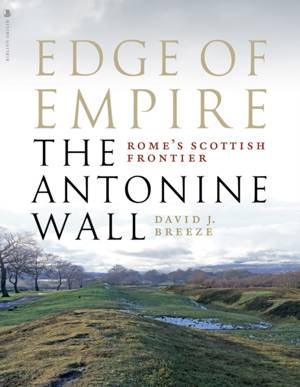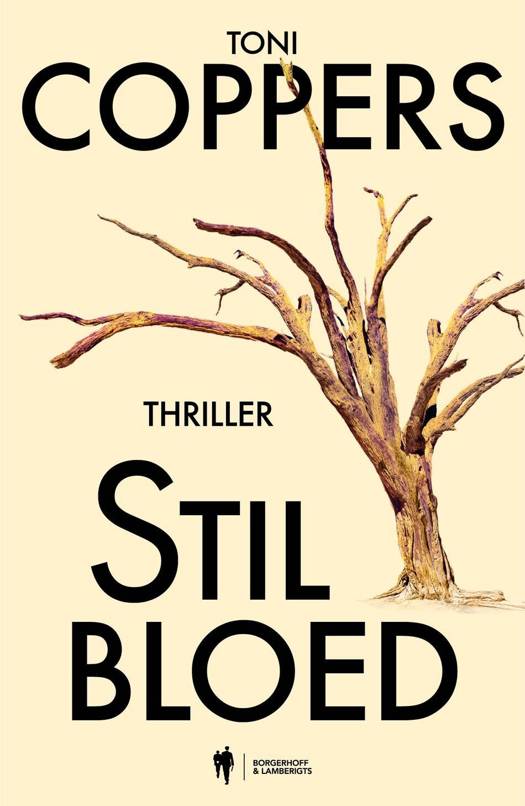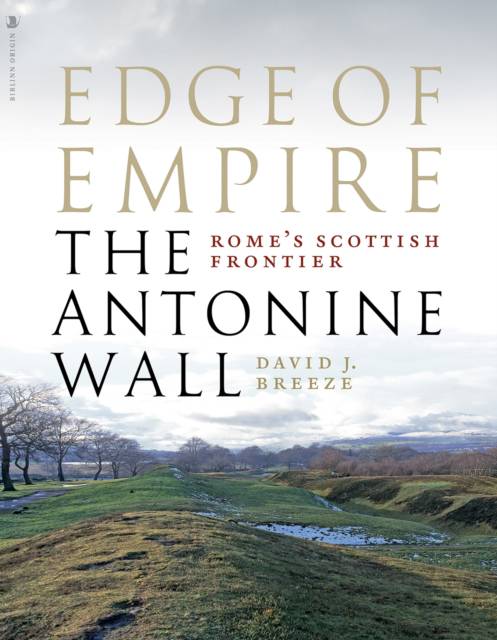
- Afhalen na 1 uur in een winkel met voorraad
- Gratis thuislevering in België vanaf € 30
- Ruim aanbod met 7 miljoen producten
- Afhalen na 1 uur in een winkel met voorraad
- Gratis thuislevering in België vanaf € 30
- Ruim aanbod met 7 miljoen producten
Zoeken
€ 24,45
+ 48 punten
Omschrijving
Two thousand years ago, southern Scotland was part of a great empire, the Roman Empire. About AD 140, a Roman army marched north from what is now Northumbria and, 20 years after and over 100 miles further north than Hadrian's Wall, built a new frontier across the Forth-Clyde isthmus.
With reference to contemporary coins and literary sources together with the archaeological remains, inscriptions and sculpture from the Antonine Wall itself, David Breeze explains the historical context for, and the creation of, the fortifications.
Stunning photography by David Henrie of Historic Scotland illustrates all aspects of this most northerly Roman frontier. These photographs help us to appreciate the Antonine Wall in its landscape and allow us a visual explanation for its construction almost 2000 years ago.
With reference to contemporary coins and literary sources together with the archaeological remains, inscriptions and sculpture from the Antonine Wall itself, David Breeze explains the historical context for, and the creation of, the fortifications.
Stunning photography by David Henrie of Historic Scotland illustrates all aspects of this most northerly Roman frontier. These photographs help us to appreciate the Antonine Wall in its landscape and allow us a visual explanation for its construction almost 2000 years ago.
Specificaties
Betrokkenen
- Auteur(s):
- Uitgeverij:
Inhoud
- Aantal bladzijden:
- 128
- Taal:
- Engels
Eigenschappen
- Productcode (EAN):
- 9781839830037
- Verschijningsdatum:
- 15/08/2023
- Uitvoering:
- Paperback
- Formaat:
- Trade paperback (VS)
- Afmetingen:
- 142 mm x 218 mm
- Gewicht:
- 340 g

Alleen bij Standaard Boekhandel
+ 48 punten op je klantenkaart van Standaard Boekhandel
Beoordelingen
We publiceren alleen reviews die voldoen aan de voorwaarden voor reviews. Bekijk onze voorwaarden voor reviews.








